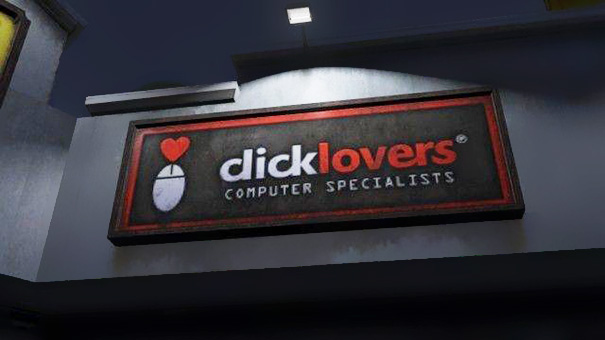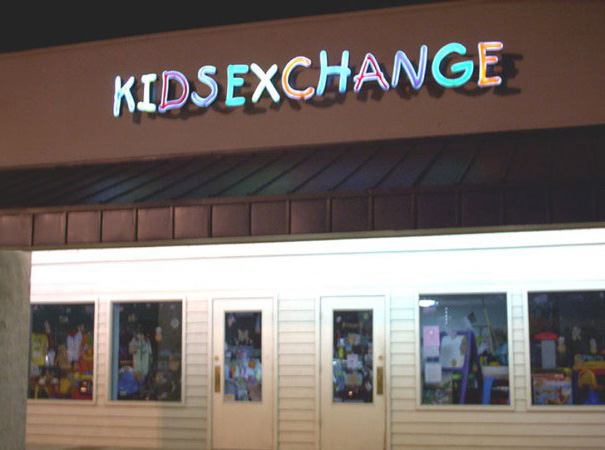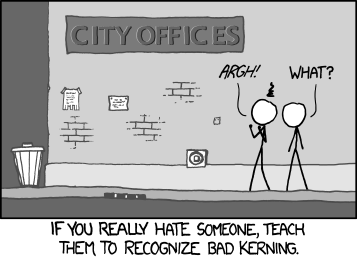signbrad
New Member
Can someone please show me an example of what "kerning" is? I am new to this so I haven't heard the term yet.
In current usage, kerning simply refers to spacing between pairs of letters. In digital typesetting, graphic artists routinely adjust the spacing between letters to improve their visual appeal, as well as to improve (or sometimes to compromise) legibility.
Originally, however, in the days of printing with metal type, a kern was a notch, or mortise, cut into a piece of metal type allowing two letters to be spaced closer together. Kerns were especially important when printing letters that looked better when they overlapped, such as italicized letters.
In the beginning, kerns were cut by hand with small files. Later, saws were developed which could cut kerns quickly and accurately. Type could also be cast with built-in kerns.
Kerns were only used when letters needed to be closer together. To print letters spaced farther apart, blank type slugs could be inserted between the letters. Type foundries typically offered fonts of nothing but blank slugs in various widths to facilitate wider spacing.
Kerns took different forms, but here is a link to some pictures of common kerns. Somewhere I have saved a picture of Frederic Goudy cutting kerns with a saw, but I couldn't find it.
http://www.starshaped.com/weekendprinterblog/2018/1/27/lets-hear-it-for-the-kern






